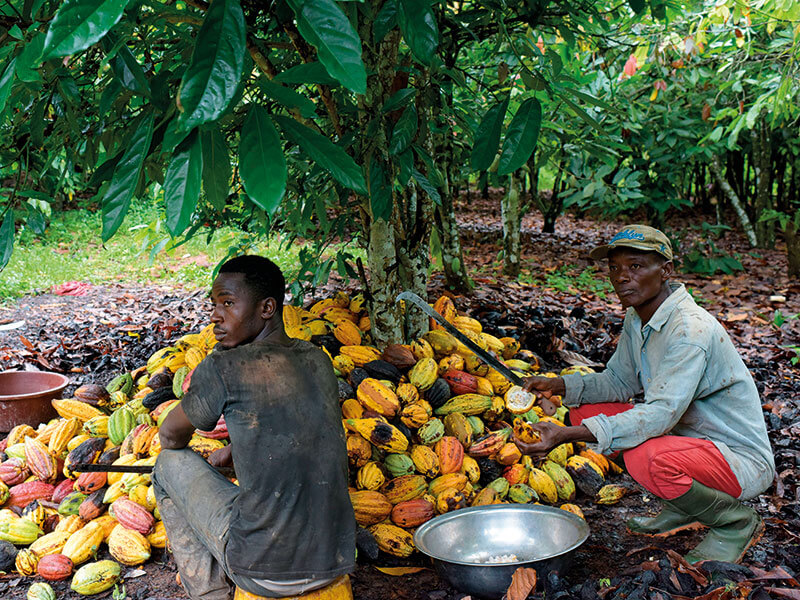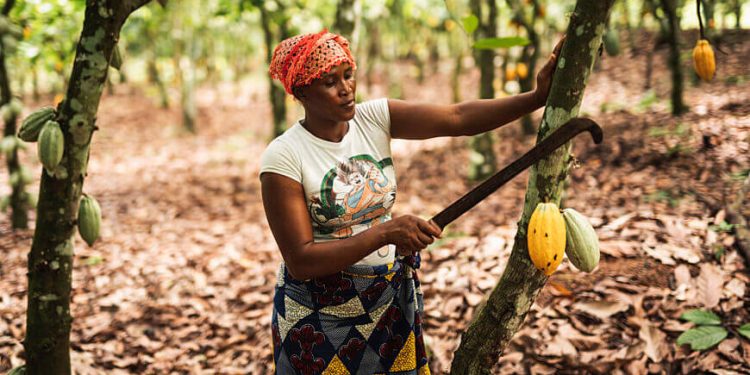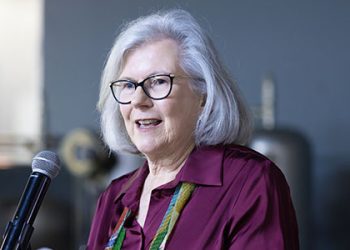The department of mechanical engineering of the College of Engineering at the Kwame Nkrumah University of Science and Technology (KNUST) has manufactured a machine that will not only help expedite the elaborate cacao harvesting process but will also eliminate fatigue and other related risks.
The solar-powered cocoa pod breaker and separation machine will enable cocoa farmers to avoid damages to the cocoa beans, one of the main challenges in the cocoa pod breaking process. The machine was unveiled during the recent exhibitions of some inventions at college as part of its 9th KNUST Summer School.

Impacting market value
According to cacao farmers, harvesting cacao beans is long, tedious, delicate and back-breaking manual labour that requires patience. In addition, they say if the correct steps or procedures are not followed this may impact the quality and market value of the cocoa. It is anticipated this machine will go a long way in making the process not only smoother but also remove the risk and damage to the beans.
Professor Mark Adom-Asamoah, the college’s rector, noted that the safe removal of the beans from the pod in the cocoa value chain process is necessary. However, the lack of specialised machines to break and split beans in the Ghanaian market has forced the process to be done manually. [Therefore]: “this machine will avert fatigue, risk of injury and damage to the beans, and low productivity through the use of a machete”, he said.

Feedback of analysis
He explained that after several analyses of the first machine manufactured, the team discovered that the pod was not well clamped on the conveyor and the separation process was incomplete, thus, affecting its performance and efficiency. Based on the feedback of the analyses, he said, they went back to the drawing board to redesign the machine. And the redesign has paid off for since then the machine’s efficiency has significantly improved with the ability to split 60 cocoa pods per a minute said, Professor Adom-Asamoah.
Mass producing the machines
He added that the machine can now separate 97% of the beans from the pod. More importantly, he said this will soon be mass-produced to meet the needs of farmers and also ensure the machine can be made available to as many farmers as possible. The machine is made up of two conveyors with loaders and two blades (one at the top and one at the bottom), and the load is driven by a prime mover. A demonstration showed that once the pods are pushed between the blades, they are split into two halves. The two halves then fall in a separator which separates the beans from the pod. The beans then fall on a receptacle below and the husk is thrown out.
Second cocoa producer
Ghana is the second-largest cocoa producer, second only to Ivory Coast in the world. The latter produces 2million tons of cocoa beans earning the country 40% in export revenue while Ghana’s cocoa production accounts for 30% of its export revenue. The two countries’ combined cocoa beans output is 70% to the global chocolate industry worth over US$150 billion. However, the West African economies receive less than US$6 billion as most of the value in a chocolate bar is generated in Europe and North America. However, plans are afoot to ensure that the two cocoa powerhouses in the world develop their own local capacities to produce quality chocolate bars on a globally competitive scale. The design and manufacture of this machine must be seen as part of the wider plan towards attaining this goal.







